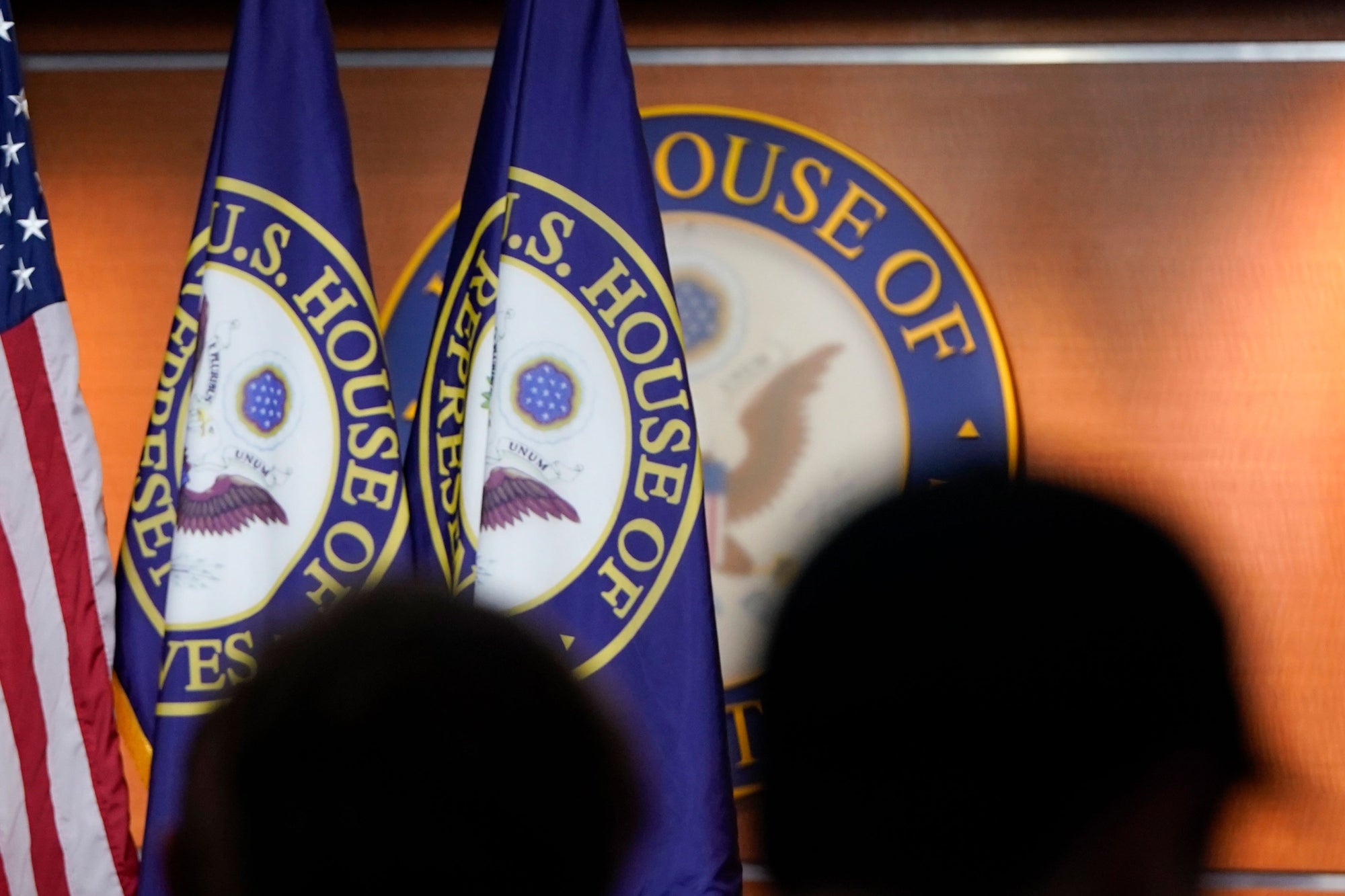The Great Potential Of Decentralized Finance in 2020 A look into what distinguishes decentralized finance from traditional finance, and some potential use cases for decentralized applications
By Emma Cassel
Opinions expressed by Entrepreneur contributors are their own.
You're reading Entrepreneur Asia Pacific, an international franchise of Entrepreneur Media.

Before Ethereum there was Bitcoin, and all hopes were put into the community and its capabilities to develop the network. When Ether entered the game, it opened up a new realm of possibilities for its decentralized applications. Its smart contracts and tokenization capabilities started a conversation about the next steps for traditional finance and how it can take advantage of this new technology. However, it is important to know the difference between traditional financial tools and those built on decentralized networks. Let us delve into what distinguishes decentralized finance (DeFi) from traditional finance, and also discuss some potential use cases for dApps (decentralized applications) and the current regulatory issues related to DeFi.
Just a year ago, when DeFi Pulse started publishing statistics on the monetary value locked in DeFi, the total amount was $276 million. Today, nearly $2 billion is locked in the DeFi market.
The groundwork for more potential capabilities of DeFi instruments has been laid. As Chris Burniske from venture capital firm Placeholder noted: "If you think DeFi will have a smaller impact on ETH than ICOs, you aren't paying attention. The ICO boom showcased Ethereum's ability to perform one financial service: early-stage capital formation. DeFi will showcase Ethereum's ability to perform all financial services."
During these uncertain times, the adoption rate of innovative banking solutions is increasing rapidly. Therefore, the current economic challenges facing countries, companies and individuals could lead to better solutions for the future.
Traditional Apps vs dApps: Application vs Protocols
What's the big difference between the applications that we use daily, like Twitter, Instagram and Facebook, and decentralized applications, like asset management tools and exchanges? Previously, protocols such as HTTP built data directly on the application layer. Investing in applications produced higher returns than investing in protocol technologies. This is why most popular applications consist of "fat' applications and "thin' protocols. In blockchain, this relationship is reversed, with most of the value concentrated at the shared "fat' protocol layer while the "thin' application layer provides a limited interface service.
The shared protocol layer and open network is what makes decentralized applications stand out. Big corporations monopolize their user data by capturing users with their interface. Most social network applications do not share any data between each other, which forces users to stick to their favorite interfaces. Meanwhile, blockchain networks can't own a certain interface because they are each built independently, using many of the same protocols.
Existing infrastructure makes developing these applications easier and cheaper, which, in turn, leaves more room for updates and releases. As Joel Monergo from Placeholder explained: "The relationship between protocols and applications is reversed in the blockchain application stack. Value concentrates at the shared protocol layer and only a fraction of that value is distributed along at the applications layer. It's a stack with 'fat' protocols and 'thin' applications."
It is also important to remember that the industry will thrive if the community grows and attracts innovative specialists. Crypto expert and successful blockchain entrepreneur, Alexander Salnikov, considers this influx of talent key to the future health of the industry: "It's not just about putting together protocols and interfaces. What we need in that the DeFi space has more talented and motivated entrepreneurs. Opportunities for businesses to generate profit will attract more talent and encourage further developments which are beneficial for both the protocols and their interfaces."
DApps Functionality
According to defiprime, currently, out of the 205 DeFi projects listed, 193 are built on Ethereum. The largest chunk of this market consists of lending dApps. Some platforms also enable users to enter into leveraged positions, utilizing tokenized margin lending and trading. Through smart contracts, lenders and borrowers can interact directly, making lending easier and faster. The adoption of such technology will inevitably bring to light the issues within the traditional global banking systems and offer an alternative, decentralized solution.
The more funds get channeled into the DeFi sector, the more diversity it brings to the ecosystem. While lending and credit systems, asset management tools and other crypto-finance applications dominate the space, there are unlimited possibilities of what dApps can bring to the table. The architecture that allows outsourcing various tasks to shared networks makes building new applications fast and cheap which is great for startups.
"DeFi projects have great compatibility with each other which means that new features can be developed and then implemented into existing and new services. All of DeFi was built with these tools, these so-called "money legos', that can be put together in any way, because the technology is open, programmable and flexible," Alexander adds.
Getting paid for freelance work and reaching agreements with freelance specialists is also made easy and safe with smart contracts. Ethlance is a blockchain job board that allows payments only in cryptocurrency. There is also a crypto-collectibles world where artists can tokenize their work and the buyer can display it in their virtual gallery. Unlike traditional cryptocurrencies, these tokens are non-fungible which means that every asset is unique or limited in quantity. There are already marketplaces for these collectibles such as Rarible, and VR galleries where they are displayed such as Cryptovoxels.
Regulation
The blockchain and crypto industries still face many challenges due to regulatory concerns. Completely decentralized applications raise flags with regulators over fraudulent transactions and money laundering matters. There is also some uneasiness regarding all the responsibility put upon developers in the decentralized application field.
With mainstream institutional giants venturing into DeFi, users are getting a broader variety of services and providers. However, at this moment, only custodial wallets can be reliably regulated because of their standard KYC/AML procedures.
Simultaneously, the current regulatory flux could provide a perfect opportunity to enter the market. Ivan Starinin, experienced blockchain entrepreneur, who has made a name for himself with several successful projects, agrees: "There is currently a lack of regulation that creates concerns for those who want to invest large amounts into the market. The same pattern we saw with blockchain and crypto, where regulation trailed behind technology, is happening now with DeFi. However, this lack of regulation means we are only at the initial stage of development and there are plenty of opportunities for higher revenue and ecosystem development".
The Future of Finance is Decentralized
Some community members have already dubbed 2020 the year of the "DeFi Renaissance." Amidst the global health and economic crisis, stablecoins have risen in popularity bringing new institutional and individual players into the market. DeFi token values have surged by 200per cent since the beginning of the year. The opportunities for startups using this technology are endless which is promising for the DeFi ecosystem diversification and growth. New game-changing DeFi applications are going to emerge, built at a lesser cost and primed to cross over into the mass market.











